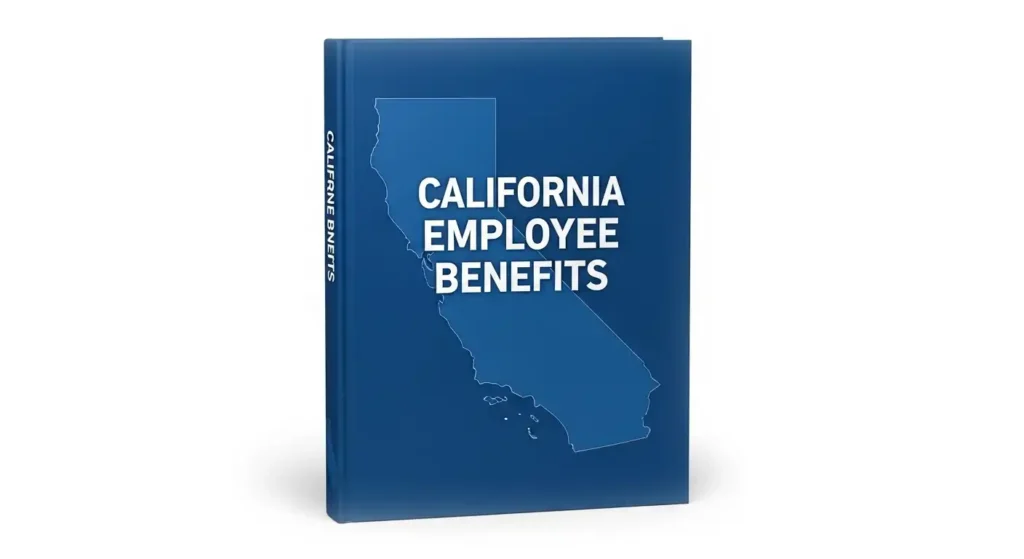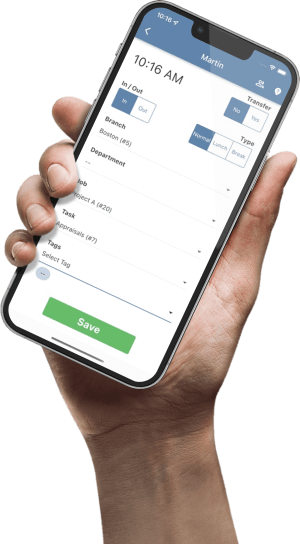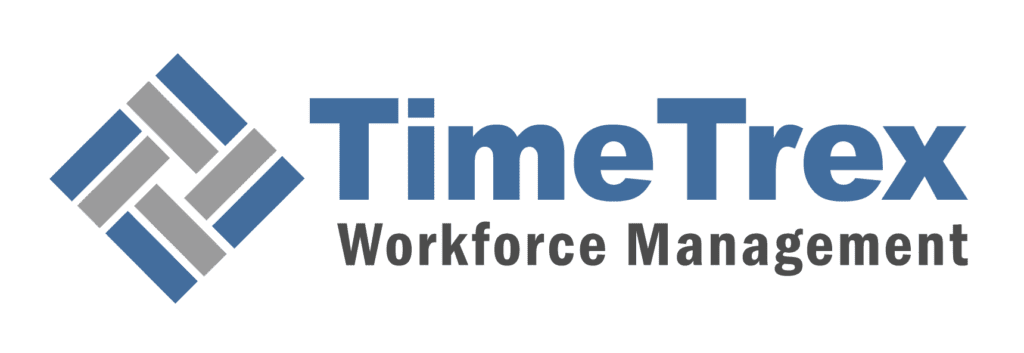Free California Mandatory Employee Benefits Generator
California Mandatory Employee Benefits Compliance Generator
Download Report as Google Doc
To convert this customized report into a professional, beautifully formatted Google Doc, please follow these instructions:
- Click the "Download HTML File" button below. This saves the report as an HTML file (e.g.,
CA_Benefits_Report.html). - Go to Google Drive and upload the downloaded HTML file.
- Once uploaded, right-click the file in Google Drive.
- Select "Open with" > "Google Docs".
- Google Docs will convert the file, preserving the professional structure and blue color scheme.
- Review the document and save your final version.
Found our Free California Mandatory Employee Benefits Compliance Generator useful? Bookmark and share it.

A Quick Breakdown of Mandatory Employee Benefits in California
Operating a business in California necessitates navigating a complex and multi-layered system of mandatory employee benefits that extends far beyond federal minimums. This guide provides a detailed breakdown of these obligations, which encompass federal and state payroll contributions, comprehensive insurance requirements, extensive job-protected leave entitlements, and specific mandates for paid time off and retirement savings. Proactive management, regular internal audits, and a thorough understanding of these interconnected laws are critical to mitigating legal risk and fostering a compliant workplace in the nation's most regulated employment landscape.
Foundational Mandates: Payroll Contributions and Insurance
The bedrock of employer compliance in California is a set of foundational mandates involving payroll contributions and compulsory insurance coverage. These requirements, a blend of federal and state programs, are largely non-negotiable and apply to nearly every employer in the state, establishing the financial underpinnings of the social safety net.
Federal Insurance Contributions Act (FICA): Social Security & Medicare
The Federal Insurance Contributions Act (FICA) is a U.S. federal payroll tax that funds the Social Security and Medicare programs, providing retirement, disability, survivor, and medical benefits. Compliance is mandatory for almost all employers and employees, with the tax liability split equally between both parties.
| Tax Component (2025) | Employee Rate | Employer Rate | Annual Wage Base Limit |
|---|---|---|---|
| Social Security (OASDI) | 6.2% | 6.2% | $176,100 |
| Medicare (HI) | 1.45% | 1.45% | None |
| Additional Medicare Tax | 0.9% | N/A (Employee only) | On wages over $200,000 |
For employers modeling the total cost of compensation, the employer's FICA tax liability for an individual employee's Social Security component stops growing once the $176,100 threshold is met for the year.
Unemployment Insurance: A Federal-State Partnership
Unemployment Insurance (UI) is a joint federal-state program providing temporary wage replacement to individuals who lose their jobs through no fault of their own. The program is funded almost entirely by employer-paid taxes.
Federal Unemployment Tax Act (FUTA)
FUTA taxes are collected by the IRS to fund the administrative costs of state UI programs. An employer is subject to FUTA tax if they paid wages of $1,500 or more in any quarter or had one or more employees for part of a day in 20 or more different weeks.
California Unemployment Insurance (UI) and Employment Training Tax (ETT)
The state component is administered by California's Employment Development Department (EDD) and funded by employer contributions. An employer's UI tax rate is determined by an "experience rating," which is directly linked to the number of former employees who have claimed UI benefits.
| Tax Program (2025) | Tax Rate | Taxable Wage Base | Paid By |
|---|---|---|---|
| FUTA (Net Rate) | 0.6% | First $7,000 | Employer |
| California UI (New Employer) | 3.4% | First $7,000 | Employer |
| California UI (Established) | 1.5% to 6.2% | First $7,000 | Employer |
| California ETT | 0.1% | First $7,000 | Employer |
California Workers' Compensation Insurance
California law mandates that every employer must provide workers' compensation insurance, even if the business has only one employee. This no-fault insurance provides benefits to employees who suffer a job-related injury or illness.
| Benefit Type | Description |
|---|---|
| Medical Care | Payment for all reasonable and necessary medical treatment. |
| Temporary Disability | Payments that partially replace lost wages during recovery. |
| Permanent Disability | Payments to compensate for any lasting disability that reduces future earning capacity. |
| Supplemental Job Displacement | A voucher up to $6,000 for retraining if unable to return to the former job. |
| Death Benefits | Payments made to the spouse, children, or other dependents of a deceased worker. |
Insurance premiums are heavily influenced by an employer's industry risk and claims history, creating a direct financial incentive for businesses to invest in robust safety protocols.
California State Disability Insurance (SDI)
California is one of a handful of states mandating short-term disability insurance. The SDI program provides partial wage replacement for non-work-related illness, injury, or pregnancy and is funded entirely by employee payroll deductions.
| SDI Metric (2025) | Details |
|---|---|
| Employee Contribution Rate | 1.2% |
| Taxable Wage Cap | None (all wages are subject to the tax) |
| Wage Replacement Rate | 70% to 90% of wages, depending on income level. |
| Maximum Weekly Benefit | $1,681 |
Health, Family, and Medical Leave Entitlements
California's laws governing health coverage and job-protected leave are among the most expansive in the nation. Employers must navigate an intricate web of federal, state, and sometimes local regulations.
Health Insurance: The Affordable Care Act (ACA) Employer Mandate
While California has no state-level mandate, businesses are subject to the federal ACA employer mandate. This applies to Applicable Large Employers (ALEs)—those with 50 or more full-time equivalent employees. To avoid penalties, ALEs must offer Minimum Essential Coverage (MEC) that is both "affordable" and provides "minimum value."
Unpaid, Job-Protected Leave: FMLA vs. CFRA
Both the federal Family and Medical Leave Act (FMLA) and the California Family Rights Act (CFRA) grant up to 12 weeks of unpaid, job-protected leave. However, California's law is significantly more expansive.
| Feature | Federal Family and Medical Leave Act (FMLA) | California Family Rights Act (CFRA) |
|---|---|---|
| Covered Employer Size | 50 or more employees | 5 or more employees |
| Covered Family Members for Care Leave | Spouse, Son/Daughter (minor), Parent | Spouse, Domestic Partner, Child (any age), Parent, Parent-in-law, Grandparent, Grandchild, Sibling |
| Interaction with Pregnancy Leave | Runs concurrently with pregnancy disability leave. | Does NOT run concurrently. It is a separate entitlement that can begin after pregnancy leave ends. |
The separation of CFRA and Pregnancy Disability Leave (PDL) in California allows for "leave stacking." An eligible employee can potentially take up to four months of PDL followed by 12 weeks of CFRA for baby bonding, resulting in a job-protected leave of nearly seven months.
California Pregnancy Disability Leave (PDL)
Applicable to employers with five or more employees, PDL provides up to four months of job-protected leave per pregnancy for the period an employee is disabled by pregnancy, childbirth, or a related medical condition. While unpaid, employees typically receive wage replacement via SDI.
California Paid Family Leave (PFL)
PFL is a wage replacement program, not a job-protection law. It provides up to eight weeks of benefits for bonding with a new child or caring for a seriously ill family member. The benefit is funded by the same employee deduction as SDI and offers 70-90% wage replacement. An employee's job is only protected if their leave also qualifies under CFRA or FMLA.
Mandated Paid and Unpaid Time Off
California law mandates a variety of other paid and unpaid leaves for specific personal and civic responsibilities, including one of the most comprehensive paid sick leave laws in the country.
California Paid Sick Leave (PSL)
Virtually every California employer must provide paid sick leave. As of 2024, employers must allow employees to use at least 40 hours or five days of paid sick leave per year, whichever is greater. Employers must also be aware of more generous local ordinances.
| Jurisdiction | Minimum Annual Use/Allotment | Maximum Accrual Cap |
|---|---|---|
| California State Law | 40 hours or 5 days | 80 hours or 10 days |
| Los Angeles | 48 hours or 6 days | 96 hours or 12 days |
| San Francisco | 48 hours (small) / 72 hours (large) | No cap (large employer) |
| San Diego | 40 hours | 80 hours |
The "whichever is greater" language is critical. An employee on a 4/10 schedule (four 10-hour days) is entitled to five days, or 50 hours, of leave—not 40.
Other Required Leaves of Absence
- Bereavement Leave: Up to 5 days of (generally unpaid) leave for employers with 5+ employees following the death of a family member.
- Voting Leave: Up to two hours of paid time off to vote if an employee cannot do so outside of working hours.
- Jury and Witness Duty Leave: Unpaid time off to serve on a jury or as a witness.
- School Activities Leave: For employers with 25+ employees, up to 40 hours of unpaid leave per year for parents to participate in school activities.
Retirement Savings Mandate
California implemented a state-run program that mandates employer participation if they do not offer their own qualified retirement plan.
The CalSavers Retirement Savings Program
The law requires all employers with at least one eligible California employee to participate in CalSavers if they do not already sponsor a qualified plan (e.g., 401(k), SEP-IRA). The employer's role is strictly administrative and comes at no cost to the business: register, provide an employee roster, and facilitate payroll deductions for employees who are automatically enrolled but can opt out.
Administrative and Compliance Obligations
Providing correct benefits is only one part of an employer's duty. California law imposes strict administrative duties related to notifying employees, maintaining records, and ensuring timely final pay.
Mandatory Workplace Postings
Federal and California laws require employers to display numerous informational posters in a conspicuous location. Key postings include California Minimum Wage, Payday Notice, Cal/OSHA Safety, Workers' Comp, and notices for CFRA, PDL, and Paid Sick Leave. A comprehensive list can be found on the DIR website.
Record-Keeping Requirements
Employers must maintain accurate records for specified periods. This includes payroll records (3 years), paid sick leave accrual/usage (3 years), and job applications (4 years).
Final Paycheck Requirements
California has the strictest final pay laws in the country. Final wages (including accrued, unused vacation) are due immediately upon involuntary termination. For voluntary resignations, pay is due on the last day if 72+ hours' notice is given, otherwise, the employer has 72 hours to provide it. Failure to comply results in waiting time penalties paid directly to the former employee.
Simplify Your California HR & Payroll Compliance
Navigating California's complex web of employee benefits and payroll laws is a significant challenge. TimeTrex offers a unified platform to automate payroll, manage time and attendance, and streamline HR administration, helping you stay compliant with ever-changing regulations.
Learn More About TimeTrex HRMDisclaimer: The content provided on this webpage is for informational purposes only and is not intended to be a substitute for professional advice. While we strive to ensure the accuracy and timeliness of the information presented here, the details may change over time or vary in different jurisdictions. Therefore, we do not guarantee the completeness, reliability, or absolute accuracy of this information. The information on this page should not be used as a basis for making legal, financial, or any other key decisions. We strongly advise consulting with a qualified professional or expert in the relevant field for specific advice, guidance, or services. By using this webpage, you acknowledge that the information is offered “as is” and that we are not liable for any errors, omissions, or inaccuracies in the content, nor for any actions taken based on the information provided. We shall not be held liable for any direct, indirect, incidental, consequential, or punitive damages arising out of your access to, use of, or reliance on any content on this page.
Trusted By
Trusted by 3.2M+ Employees: 21 Years of Service Across Startups to Fortune 500 Enterprises
Join our ever-growing community of satisfied customers today and experience the unparalleled benefits of TimeTrex.










Strength In Numbers
Join The Companies Already Benefiting From TimeTrex
Time To Clock-In
Start your 30-day free trial!
Experience the Ultimate Workforce Solution and Revolutionize Your Business Today
- Eliminate Errors
- Simple & Easy To Use
- Real-time Reporting

Saving businesses time and money through better workforce management since 2003.
Copyright © 2025 TimeTrex. All Rights Reserved.
